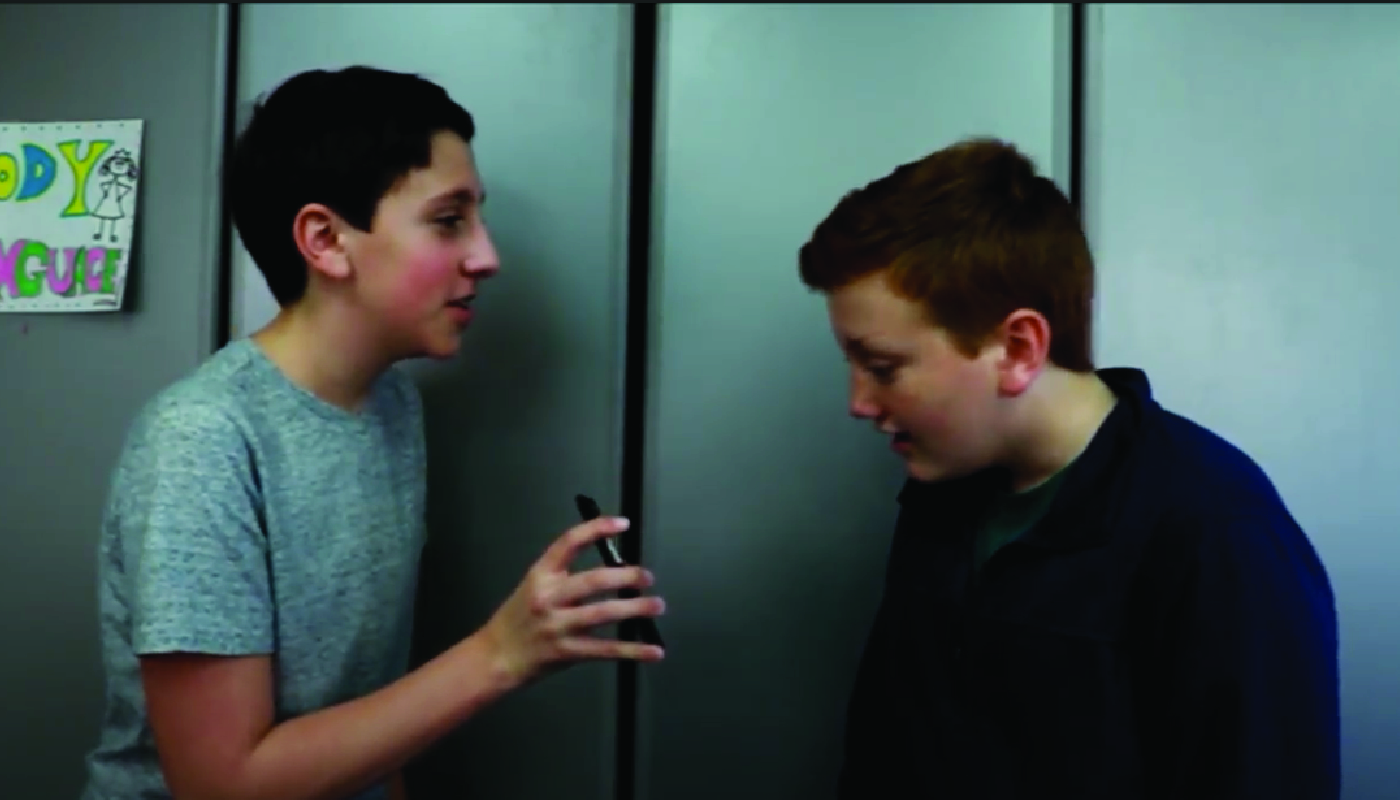
Introduction
Eye contact is an essential component of effective communication. For students in special education, developing and maintaining eye contact during conversations can be challenging. This blog post introduces an easy-to-implement, no-prep activity to help educators teach students the importance of eye contact in conversations. We will also provide discussion questions and mention related skills to further enhance students’ social-emotional learning.
No-Prep Activity: The Eye Contact Game
The Eye Contact Game is a simple activity that requires no preparation or materials from the educator. It encourages students to practice making eye contact while engaging in conversations. Here’s how to play:
- Divide the students into pairs.
- Ask each pair to stand or sit facing each other.
- Instruct them to engage in a casual conversation, like the one between Josh and Matt in the prompt. They should talk about their interests, hobbies, or any recent events.
- Throughout the conversation, students must maintain eye contact with their partner. If one student breaks eye contact, their partner should gently remind them to refocus.
- After a few minutes, have the students switch partners and repeat the process.
This activity helps students become more aware of their eye contact habits and allows them to practice maintaining eye contact in a safe, supportive environment.
Discussion Questions
After completing the Eye Contact Game, engage the students in a group discussion to reflect on their experience and deepen their understanding of eye contact’s importance. Here are some questions to help facilitate the discussion:
- How did it feel to maintain eye contact during the conversation? Was it easy or challenging for you?
- Why do you think eye contact is important in conversations?
- Can you think of a time when someone made good eye contact with you? How did it make you feel?
- What strategies can you use to remember to maintain eye contact during conversations in the future?
- How can practicing eye contact help improve our overall communication skills?
Related Skills
In addition to eye contact, several other skills are essential for effective communication and social-emotional learning. Some of these related skills include:
- Active Listening: Encourage students to focus on the speaker, ask clarifying questions, and provide appropriate feedback during conversations.
- Nonverbal Communication: Teach students to recognize and interpret body language, facial expressions, and gestures to better understand others’ emotions and intentions.
- Empathy: Help students develop the ability to understand and share the feelings of others, fostering stronger connections and more meaningful relationships.
- Assertiveness: Empower students to express their thoughts, feelings, and needs clearly and respectfully, while also respecting the rights and feelings of others.
Next Steps
Developing eye contact and other communication skills is crucial for students’ social-emotional learning. To access more resources and activities designed to teach these essential skills, sign up for free sample materials at Everyday Speech. These materials provide valuable support for educators working with students in special education and help create a more inclusive learning environment.

